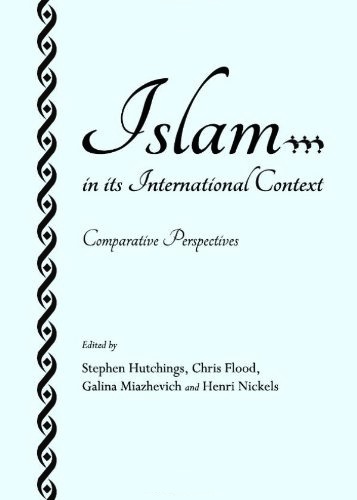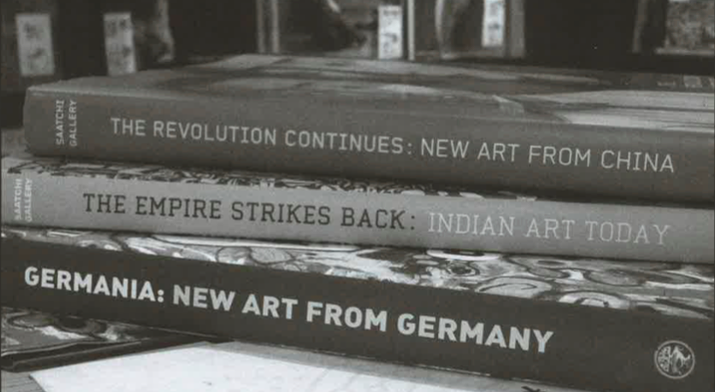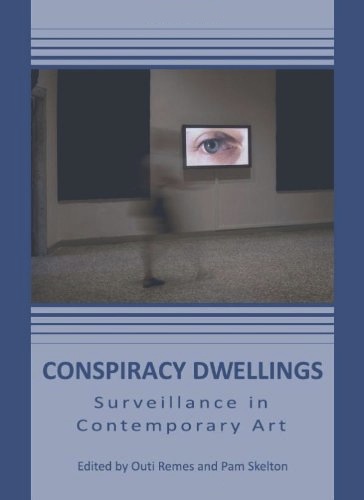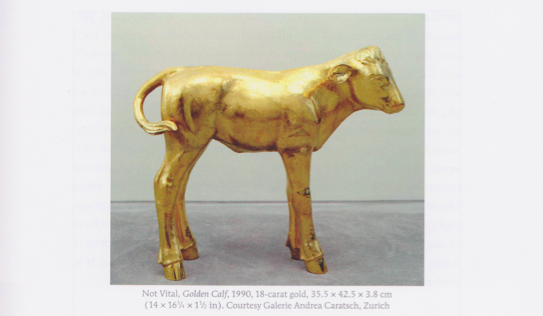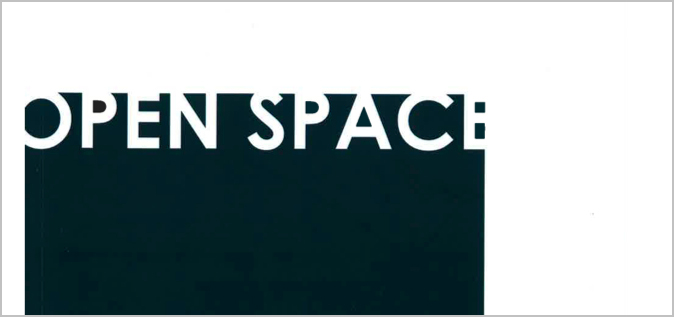Beyond the Former Middle East: Aesthetics, Civil Society, and the Politics of Representation
01 June 2011
‘There exists a specific sensory experience – the aesthetic – that holds the promise of both a new world of Art and a new life for individuals and the community.'[1]
–Jacques Rancière
I
A slap. An act of violence visited upon an individual that proved to have an afterlife that exceeded anything imaginable in the moment it was both delivered and received. On the morning of 17 December 2010, Mohamed Bouazizi, an unemployed Tunisian residing in Sidi Bouzid, a small town south of Tunis, was attempting to make ends meet by selling vegetables from a cart when, at 10.30am, he was harassed, slapped in the face by a municipal official, had his wares and scales confiscated and, upon complaining to the local governor’s office, was denied a fair hearing to air his grievances. These are the known facts of the matter according to eye-witnesses but it is what happened next that would give rise to an unprecedented revolution throughout the Middle East: at 11.30am, almost one hour after being harassed and slapped in the face, Mohamed Bouazizi purchased a can of gasoline (or possibly paint thinner), doused himself with it in front of the governor’s office, and set himself alight. These are the brute facts of the matter: a slap translates into an unforgiving act of self-immolation and thereafter into a conflagration that has brought with it both unforeseen freedoms and brutal repression in equal measure. (more…)
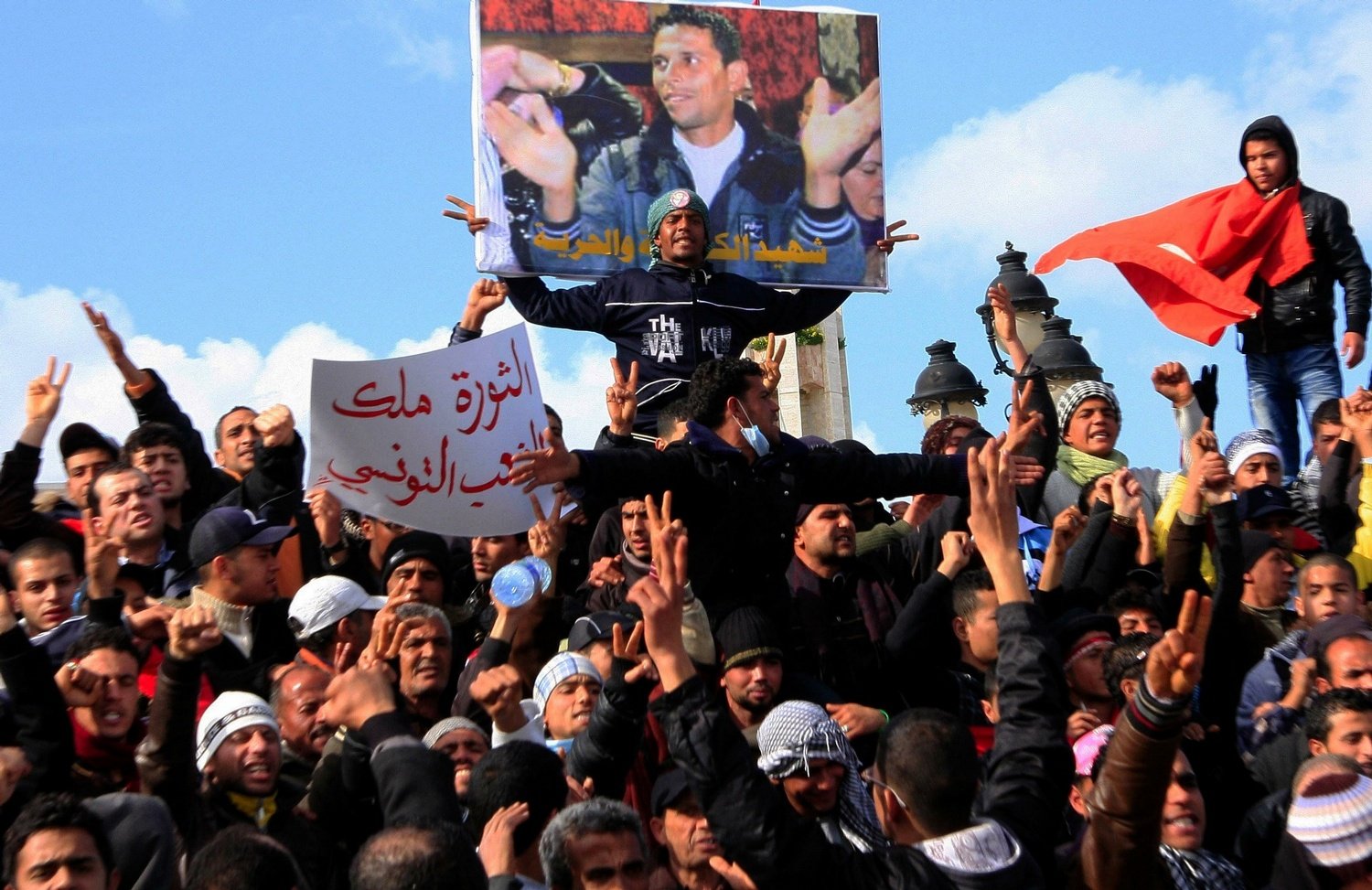
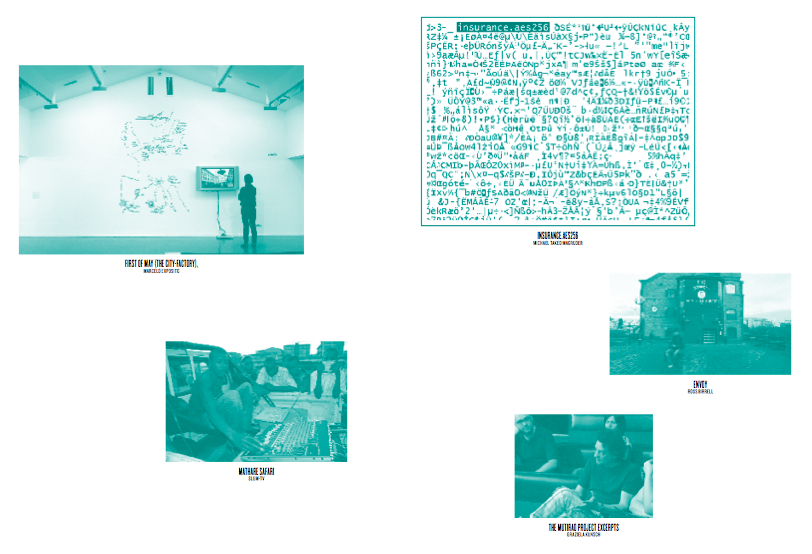 In an era defined by a widespread suspicion with journalistic means as a way of generating both discussion and open enquiry, it would seem that artists are engaging with issues more commonly associated with journalistic discourse. Whilst this is not necessarily a complete departure from previous practices, the imbrication of both art and journalism has produced a different series of questions about the ethics and politics of representation. What, for one, are the implications of artworks employing the apparent objectivity associated with journalism? Does the use of an investigative methodology within contemporary art shift our understanding of spectatorship and our relationship to truth and forms of subjectivity? And what challenges—to the viewer and curator alike —are being made by these works in the broader context of current institutional and exhibitionary practices?
In an era defined by a widespread suspicion with journalistic means as a way of generating both discussion and open enquiry, it would seem that artists are engaging with issues more commonly associated with journalistic discourse. Whilst this is not necessarily a complete departure from previous practices, the imbrication of both art and journalism has produced a different series of questions about the ethics and politics of representation. What, for one, are the implications of artworks employing the apparent objectivity associated with journalism? Does the use of an investigative methodology within contemporary art shift our understanding of spectatorship and our relationship to truth and forms of subjectivity? And what challenges—to the viewer and curator alike —are being made by these works in the broader context of current institutional and exhibitionary practices? 